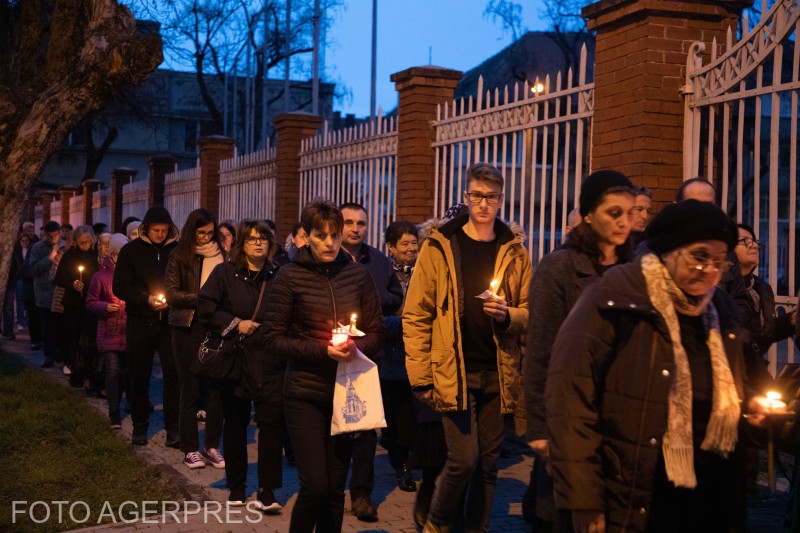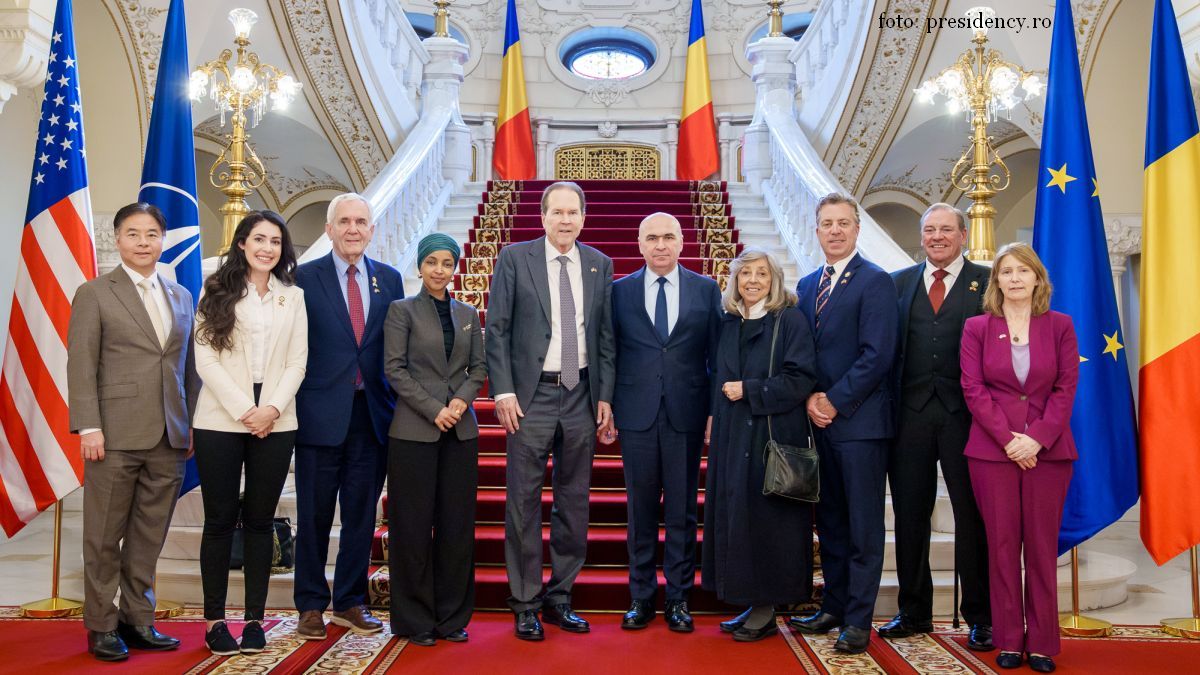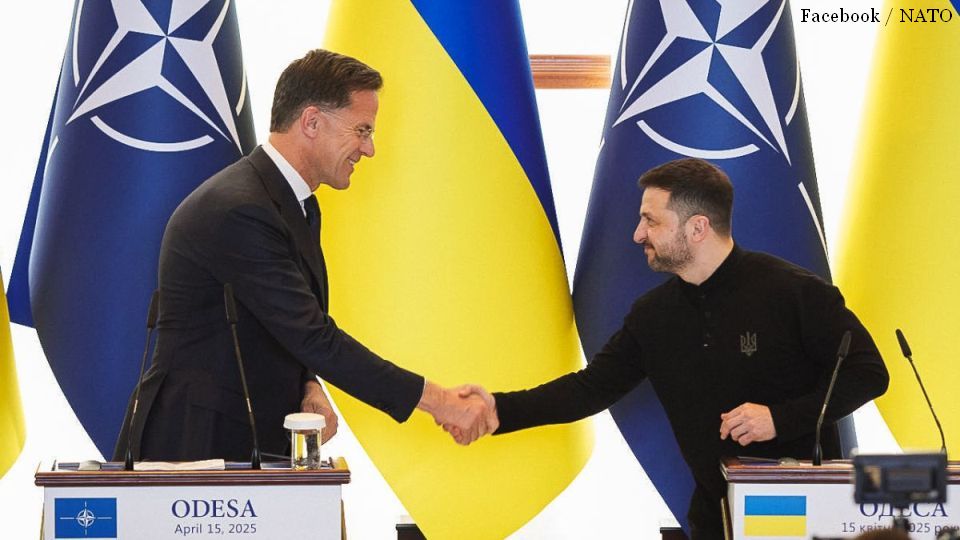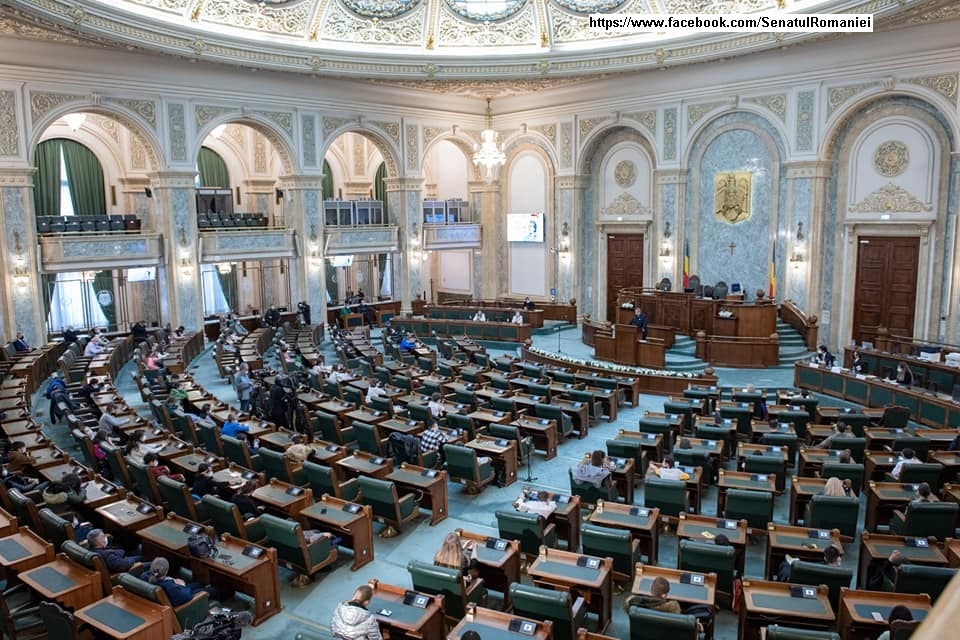Priorities for the Romanian Army
In 2016 the Romanian army will be involved in an increased number of military exercises

Roxana Vasile, 06.01.2016, 13:59
Romania is undergoing a period where multiple risks, threats and vulnerabilities intertwine or overlap, generating unpredictable effects, both at national and at global level. Based on these changes at global level, the current status quo and assessing the threats, risks and vulnerabilities, this year Bucharest will continue to implement the National Defense Strategy 2015-2019.
The document is grounded on an extended national security concept, which does not concern defense capabilities alone. Romania is now part of the European Union and NATO, and this membership comes with both benefits and obligations. Into the second half of 2015, two NATO commands were activated in Bucharest: the Multinational Southeast Division, and the NATO Force Integration Unit.
Additionally, the anti-ballistic defense shield set up in Deveselu, southern Romania, achieved operational status. For 2016, Defense Minister Mihnea Motoc announced Romanian military would take part in no less than 400 military exercises, of which 100 with international participation. At the same time the Armys operational capability will be increased, against the backdrop of additional funds made available to the defense budget. Here is Defense Minister Mihnea Motoc:
Mihnea Motoc: “The defense budget has slight increased, particularly with a view to boosting Romanias defense capacity and the armys training and combat capabilities, as well as to continuing major procurement projects started in 2015 and kicking off equally important projects in 2016. Our goal is for every division of our army to have cutting-edge technologies.
Last year, for the first time in 25 years, president Klaus Iohannis invited all parties to consultations regarding the increase of the national defense budget. All parties agreed that by 2017 the defense budget should account for 2% of the GDP, a figure to be maintained for the next 10 years.
Beyond aspects pertaining to national defense, public order or the activity of intelligence and counter-intelligence agencies, Romanias security strategy draws on a competitive economy, financial and budget stability, functional and change-oriented healthcare, pension and education systems, on its ability to safeguard key infrastructures and to respond to climate-related issues. 2016 has many challenges in store, not only for the Romanian military.






























